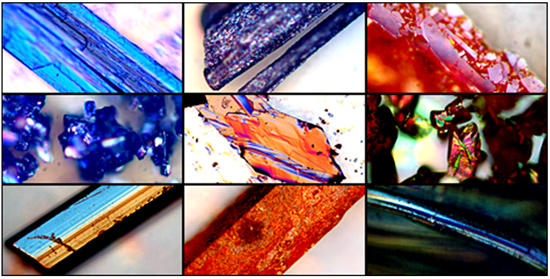Associated Faculty
Rufina Alamo
Susan Latturner
Michael Shatruk
Theo Siegrist
Research Example
The research interests are twofold: first, to understand organic "small molecule" crystalline materials in terms of structure and function; and second, to consider if and how such materials might eventually enter the realm of device applicability. This area, one of the most interdisciplinary fields of research in contemporary materials science, embraces chemistry, physics, engineering, biology, theory and computation. Activities therefore involve a relatively large number of subjects including fundamental physical and electronic structure, single component and charge transfer complexes, physical properties of single crystalline materials, thin film and single crystal electronic and photonic devices, functional materials, and bio-inspired structures. The point of view is that of an experimental physicist, and in this context, challenges and possible routes to further advances in the development and utilization of organic small molecule materials are considered for both fundamental science and applied technological purposes. J. Brooks (Physics)


